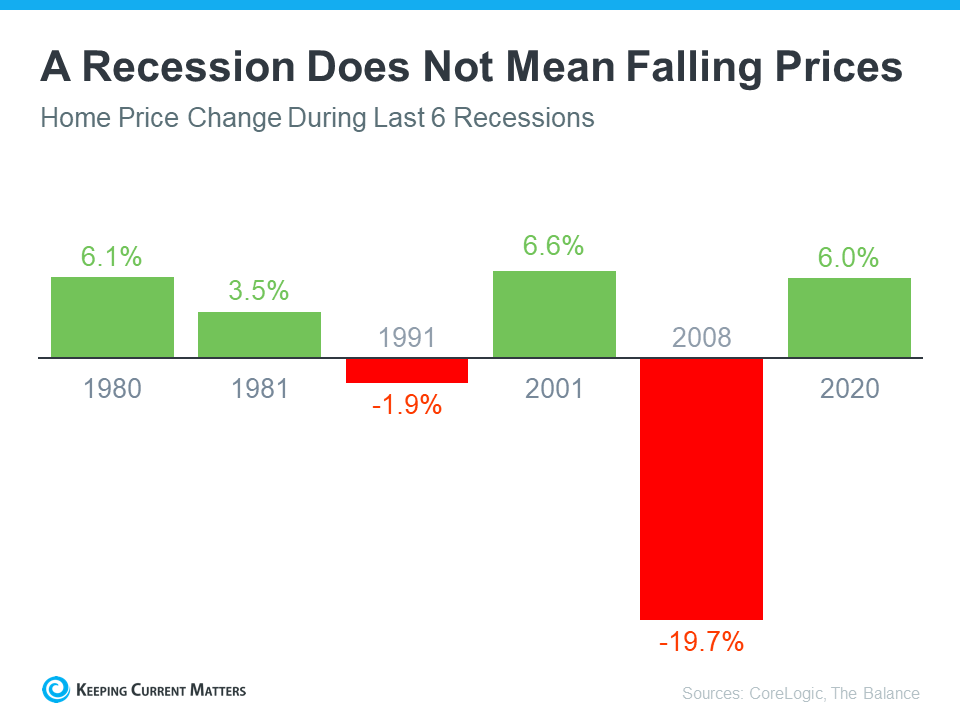By Dennis Sweeney, Executive Vice President of HBA of Rockford
Back-to-back hurricanes have slammed the southeastern United States. Hurricane Helene brought catastrophic 1,000-year flooding inland to the Appalachian Mountains in Georgia, South Carolina, Tennessee, and North Carolina, and next, Category 5 hurricane Milton delivered catastrophic storm surges to the west coast of Florida south of Tampa. The entire Gulf coast of Florida got hit by one or both.
The mud hasn’t even dried and the blame game for the destruction that could have, would have, should have been prevented if only governments at all levels had implemented stricter building codes and land use codes is starting. In North Carolina, home builders are a major political force and their opposition to code proposals that would increase the cost of housing is now under attack. Never let a crisis go to waste when you can advance your policy agenda. There are no codes that are going to protect a conventional, brick, stick, block, metal, etc., built house from a Cat. 5 Hurricane, the 1,000 year flood, an F-5 tornado, or a 8.0 earthquake. The force of nature is to level everything; some events are faster than erosion.
What has been occurring for the past few years in the areas that have been repeatedly hit by catastrophic storm damage is that private sector market forces are determining what gets rebuilt and where. Insurance companies are pulling out of states with high storm claims experience. Homeowners with the financial means to do so are self- insuring, or,
raising their deductible to a higher level to make their insurance more affordable. Those with a mortgage and unable to obtain or afford insurance are trapped; it’s a buyer’s market if you have cash and can self – insure.
Florida has one of the strictest builder licensing procedures in the United States. Builders have to prove they know what they are doing, at least on paper. If the houses that were destroyed do get rebuilt, they will now have to meet the current building codes, not the code when it was originally built. The same is true for North Carolina. And, if the lenders
will not make a loan or the insurance market will not insure a new house in that location for an affordable premium, then the free hand of the market place and not the iron hand of the government, has made that decision.





















